What is hugelkultur gardening? Try something new in your raised beds this year
This organic approach to cultivating in raised beds is good for the environment and can help to boost your harvest
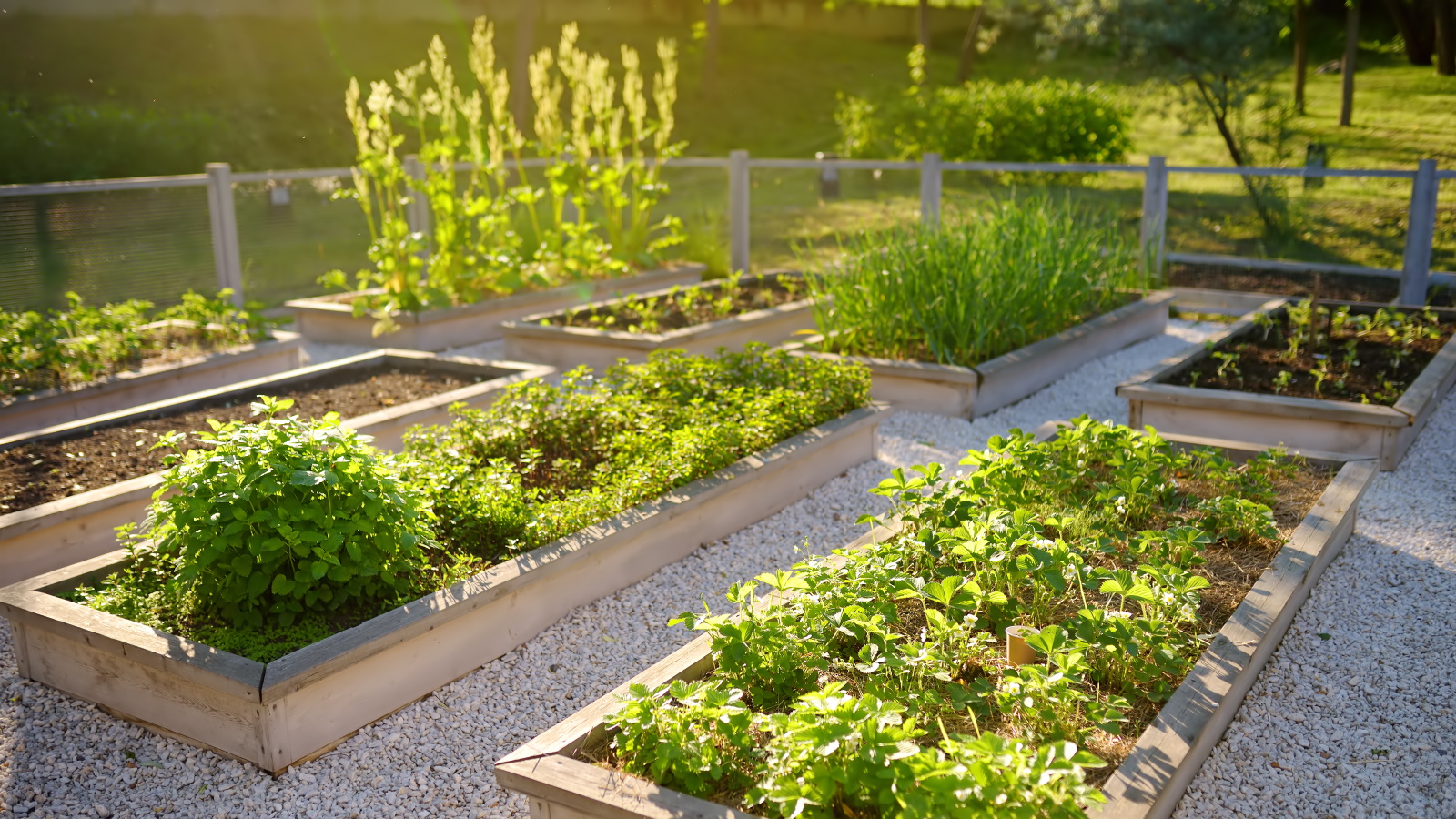

Hugelkultur gardening, pronounced hoo-gul-culture, is an ancient approach to creating organic raised beds. As with other techniques employed in permaculture gardening, the hugelkultur method cleverly uses garden waste as opposed to removing nutrient-rich materials from the backyard.
Originating from Germany and Austria, the term 'hugelkultur' translates to 'mound culture' in German, referencing the mound shape that is formed by stacking decomposing logs, branches, leaves and debris to form a raised bed, that is full of nutrients and goodness and will help your crops to thrive.
This innovative gardening technique is today gaining popularity with those gardeners seeking novel and sustainable ways to grow fruit and vegetables. So, if you are seeking permaculture gardening projects, or if you are environmentally minded and seeking unique raised bed ideas this year, why not try the centuries-old approach of hugelkultur gardening?
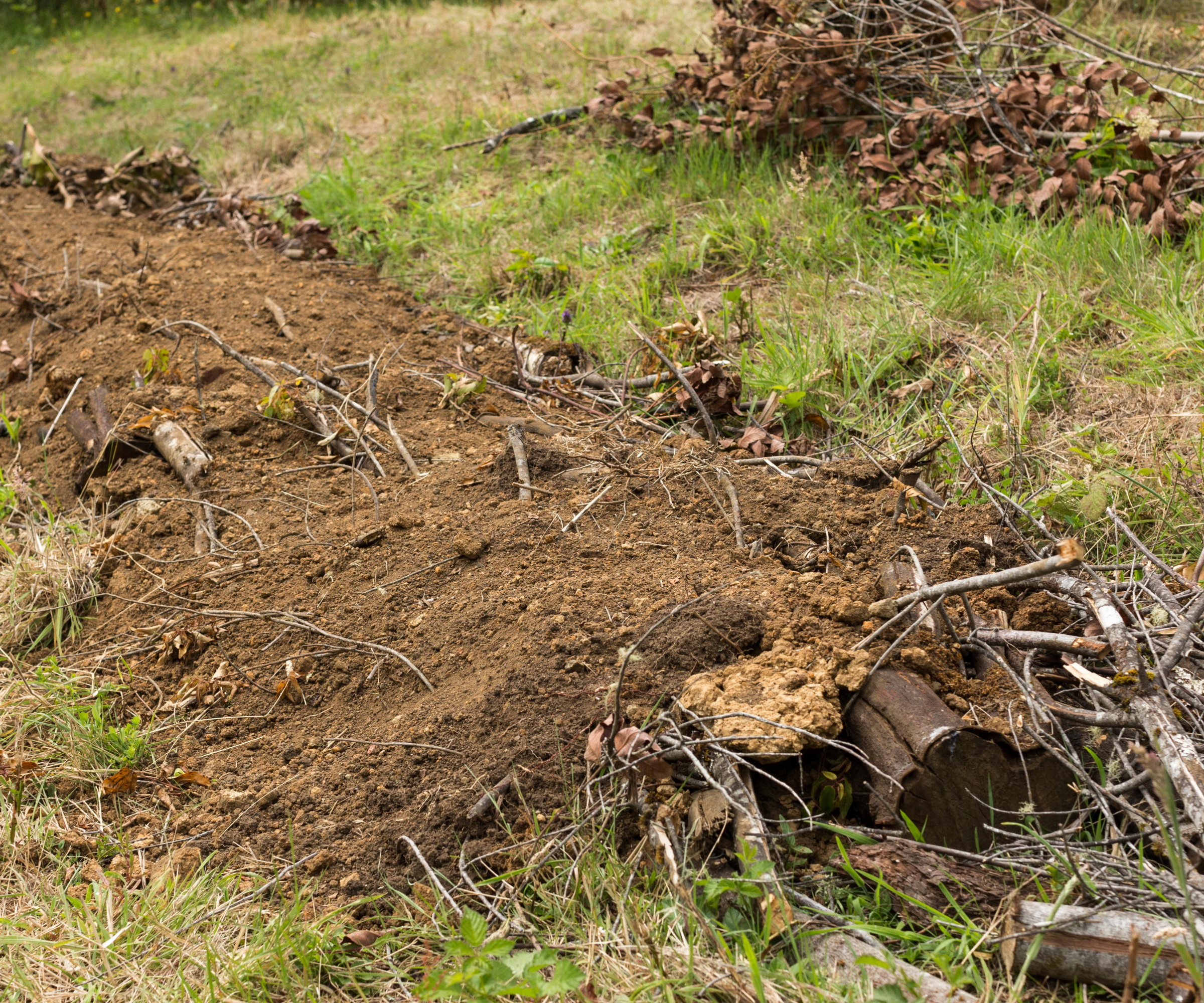
What is hugelkultur gardening?
For those gardeners thinking about how to build a raised bed, the hugelkultur method is a sustainable option to consider. This approach consists of forming a mound of stacked logs, branches, leaves, grass clippings and debris. By utilizing this decomposing matter, your hugelkultur mound will be full of nutrients and goodness that will help your crops thrive this year.
How to try Hugelkultur gardening?
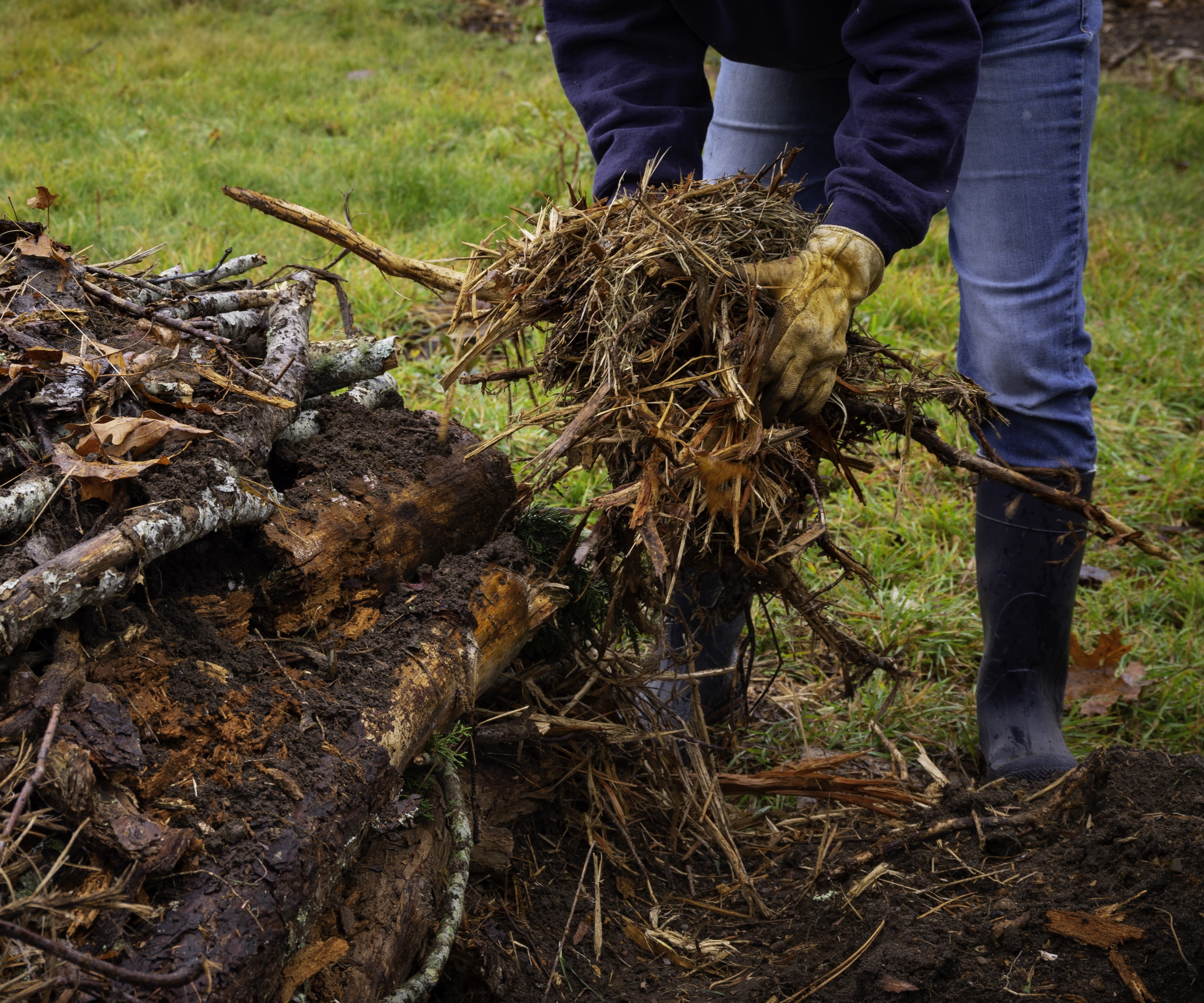
Hugelkultur beds are simple to construct, all you need is a stockpile of garden waste that is ready to use. Similar to lasagna gardening, hugelkultur gardening is a sustainable method that reuses logs, branches, leaves, pruning waste and grass clippings. This decomposing material is formed into a mound, creating a new raised bed that will be nutrient-rich for years to come.
It is best to place the largest items at the base of the mound, selecting logs and branches that will form the foundation, and subsequently using compost, grass clipping and leaves in between layers and where there are gaps. As your mound begins to take shape, use a mixture of materials, snipping some branches and twigs and combining them with compost to help jump-start the decomposing process. When you are finished, it is best to soak the mound with water and let the decomposing process commence.
'Organic permaculture gardening has the power to restore ecosystems, promote soil health and create a sustainable future for generations,' says Diana Lovejoy, organic garden expert and the President of the Organic Garden Club of Ventura County, California.
'Several of our Organic Garden Club members have made hugelkultur mounds in their backyards, where they started with tree logs, dirt, compost, sticks and twigs to build organic living soil,' adds Diana. 'They went on to plant fruit trees, herbs, wildflowers and veggies in their mounds.'
'Growing an organic food garden means you get diversity in your diet, improve your immune system, get exercise as you garden in fresh air and release stress,' says Diana. 'What could be better than eating homegrown and organic fruits and vegetables?'

Diana is an organic garden expert and the President of the Organic Garden Club of Ventura County, California. She is the author of “Organic Container Gardening for All” and has been an organic gardener since childhood.
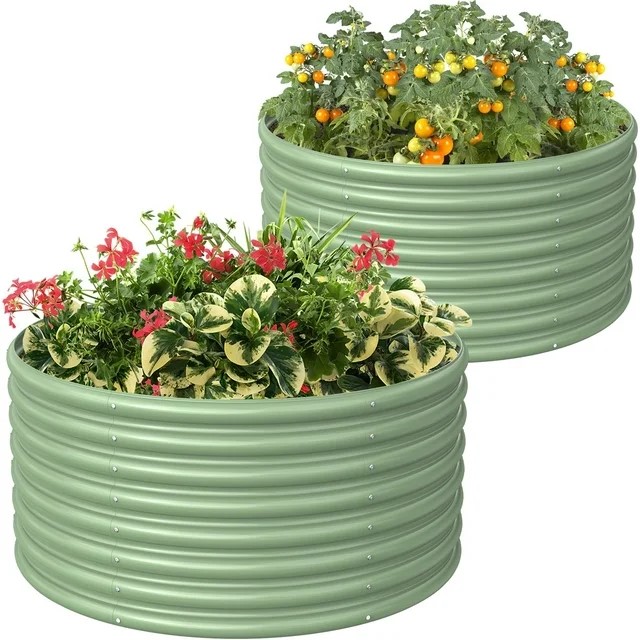
With a bottomless design, these galvanized raised beds have superb drainage. Standing at 2ft high, these raised beds can provide a large space for you to grow your favorite plants.
Can I use the hugelkultur method in a small space?
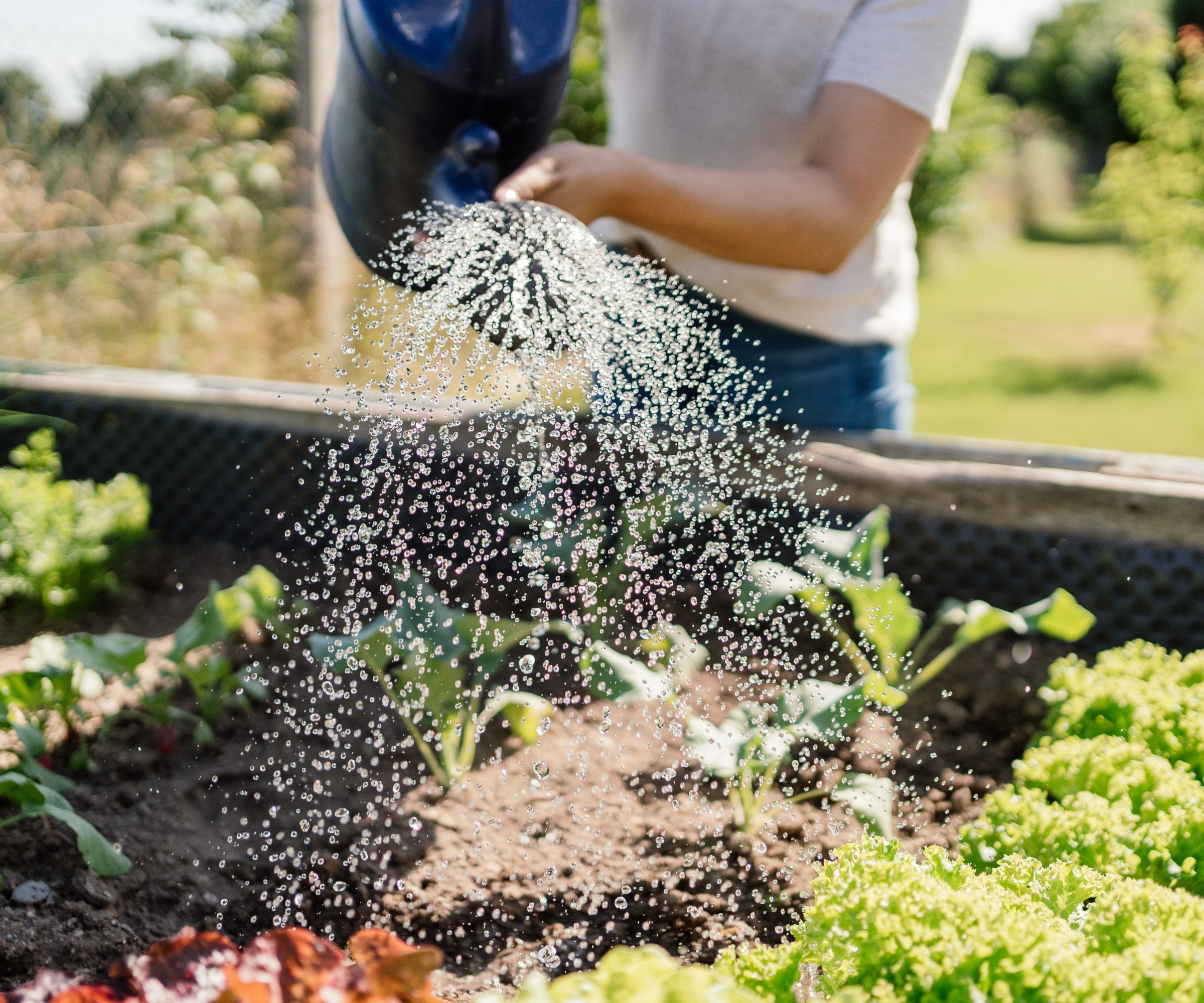
Using the hugelkultur method might seem more appropriate for those gardeners with large kitchen gardens or allotments, but permaculture gardening can be adopted even by those with smaller spaces.
For those considering small garden ideas, buying a raised bed, such as this planter from Walmart, can help provide some structure to your mound and limit the size of your hugelkultur bed. Inside this structure, gardeners can deposit and mound up garden waste. Organic gardening does not have to be limited to those with large spaces.
Similar to the no-dig gardening method, this 'regenerative approach to organic gardening will invigorate the soil in your backyard,' Diana adds. Indeed, these layers of decomposing matter will not only retain moisture, which is particularly useful during the warm summer months, but this nutrient-rich soil will eliminate the need for fertilizer, relying instead on the biomass that is breaking down.
Within even small hugelkultur mounds, gardeners can plant herbs, salad leaves, vegetables and fruit bushes, growing them alongside native plants for pollinators, helping you to create a sustainable food garden that is beneficial for wildlife too.
What are the benefits to Hugelkultur gardening?
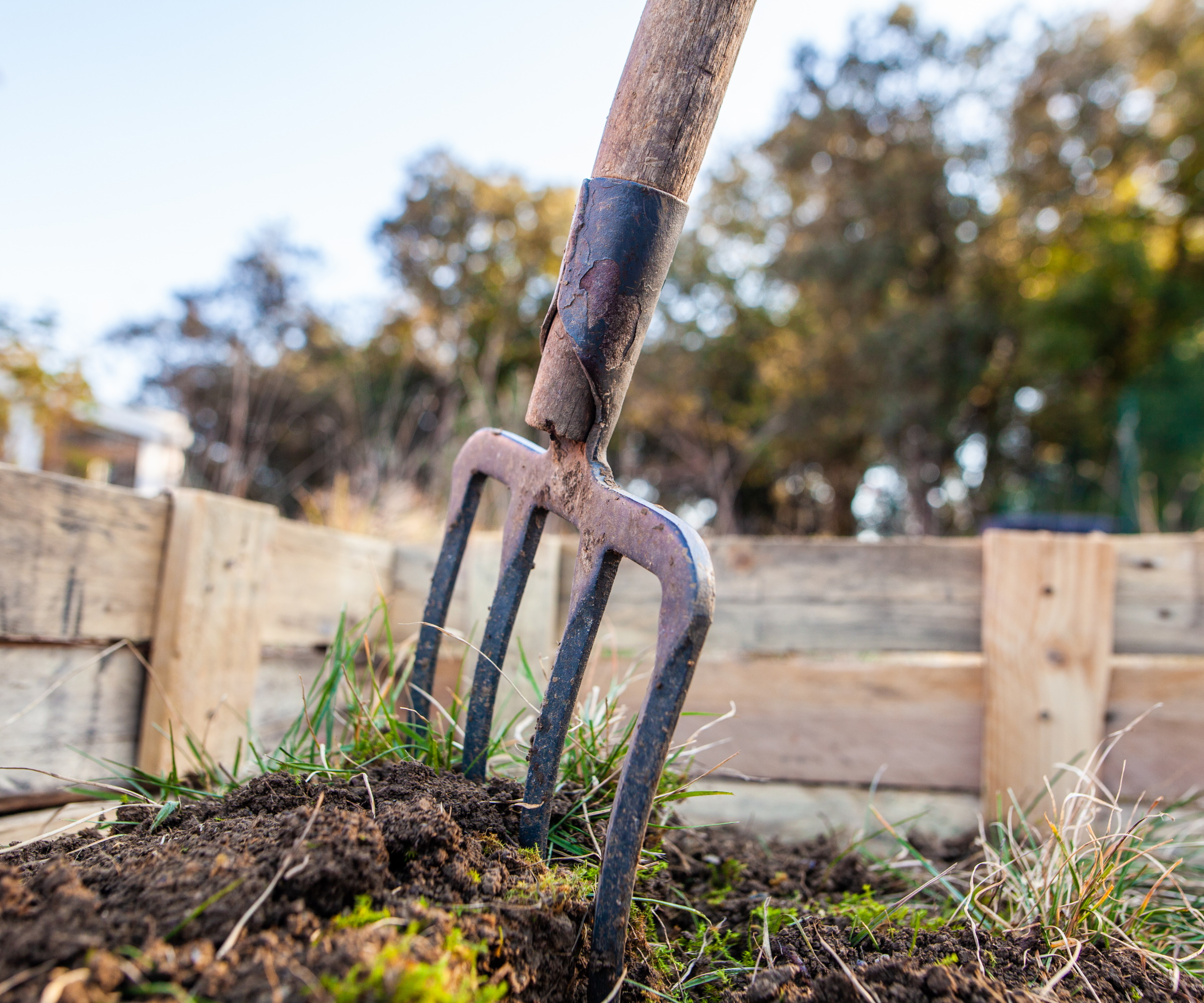
- Reduce waste: The hugelkultur method is a sustainable approach to managing your garden waste. Hold on to old logs, sticks and pruning clippings, and use them to make an organic raised bed.
- Improve the fertility of the soil: As the biomass decomposes, it will release nutrients such as nitrogen, potassium, and phosphorus into the soil. This nutrient-rich soil will attract all manner of organisms to your plot, which will result in healthy plants and plenty of produce for you to enjoy this year.
- Water retention: Hugelkultur beds help to absorb and retain moisture from rainwater. This will help to reduce the need for frequent watering, especially during the warmer months of the growing season.
- Extend the growing season: The decomposition process generates heat, with steam often seen rising from compost heaps when turning the soil. When growing in hugelkultur beds, the growing season can be slightly extended as there is a considerable amount of heat generated within the mound.
FAQs
What plants can I grow in a hugelkultur bed?
Once you have constructed a hugelkultur raised bed, you can grow all manner of edible and flowering plants, including berry bushes, native shrubs and annual vegetable and fruiting crops such as squashes and tomatoes. It is best to plant a wide array of species and crops, as companion planting can help to reduce pests and diseases damaging your crops, while also helping to attract pollinators.
The hugelkultur method is a sustainable and efficient way to create healthy and productive raised beds, even in small spaces.
If you are interested in implementing other organic gardening techniques, why not consider using a wormery for compost, helping to turn kitchen waste into nutrient-rich soil.
Sign up to the Homes & Gardens newsletter
Design expertise in your inbox – from inspiring decorating ideas and beautiful celebrity homes to practical gardening advice and shopping round-ups.

Thomas is a Content Editor within the Gardens Team at Homes and Gardens. He has worked as a professional gardener for both public spaces and private estates, specializing in productive gardening, growing food and flowers. Trained in Horticulture at the Garden Museum, he has written on gardening and garden history for various publications, including The English Garden, Gardens Illustrated, Hortus, The London Gardener and Bloom. He has co-authored a Lonely Planet travel book, The Tree Atlas, due out in 2024.
-
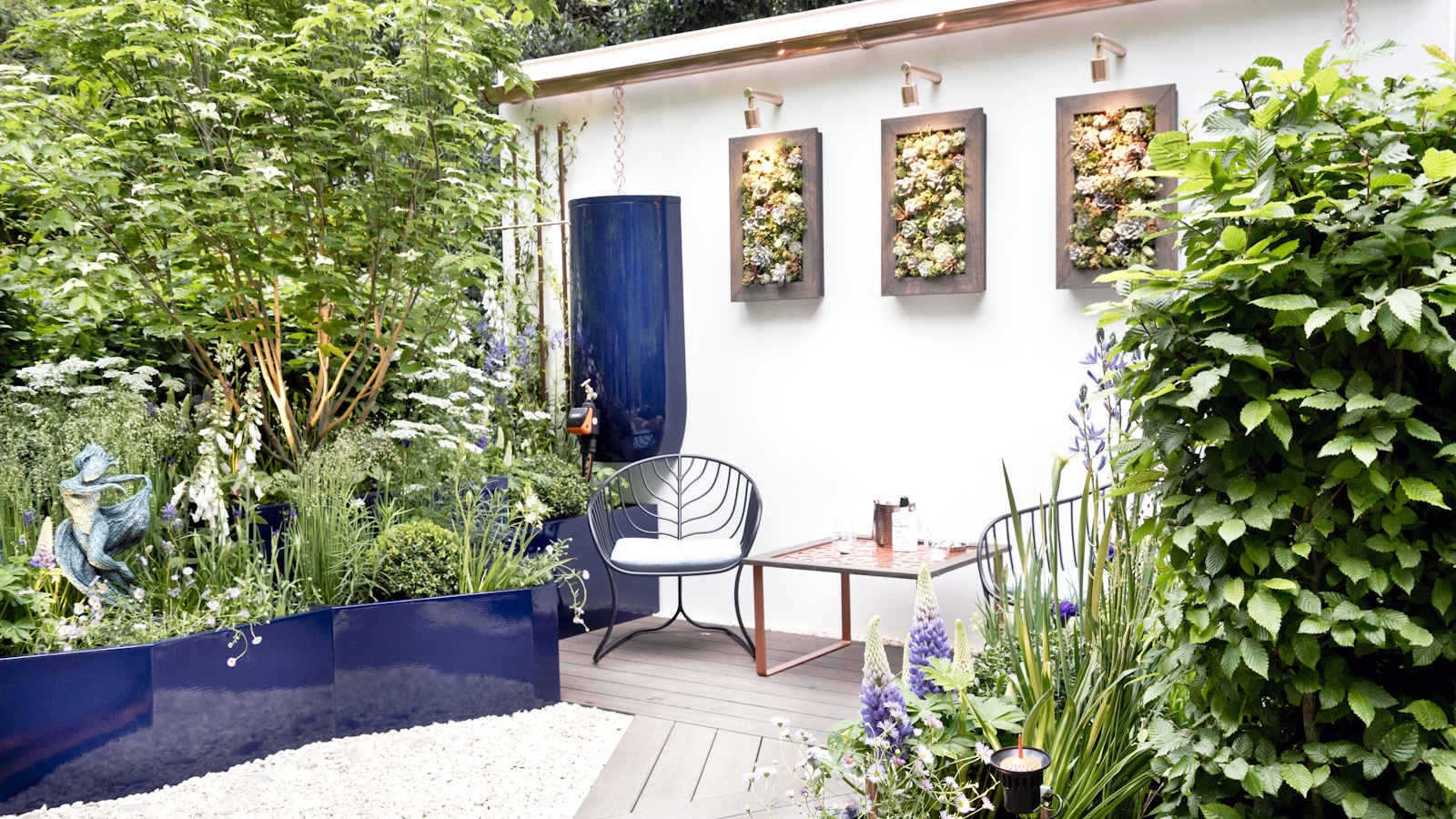 Urban gardening ideas – 7 creative ways to grow in small spaces, balconies, containers, indoors, and more
Urban gardening ideas – 7 creative ways to grow in small spaces, balconies, containers, indoors, and moreMake the most of your space with these innovative ways to garden
By Tenielle Jordison
-
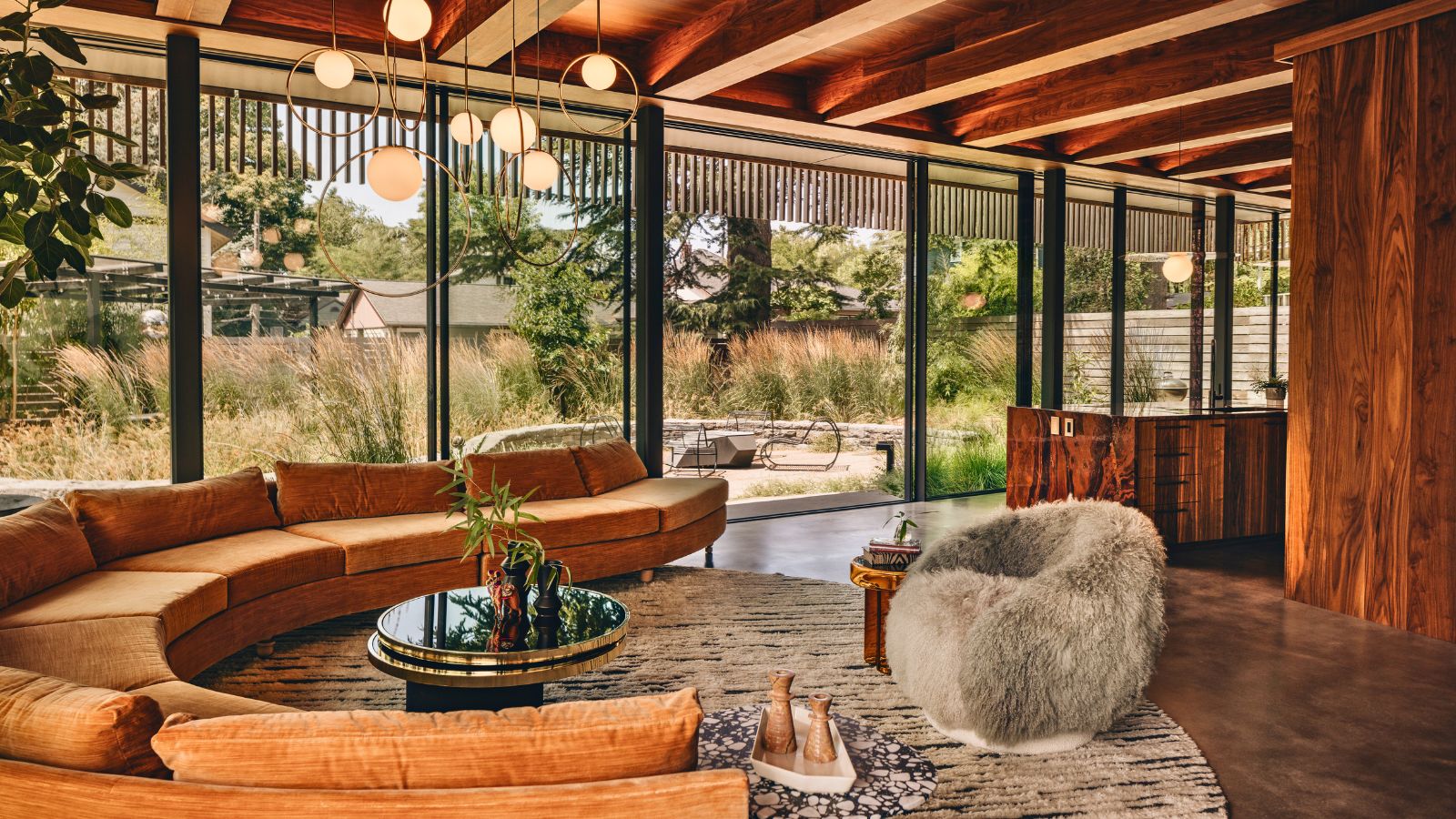 'Sexy disco-era Italy meets Japanese farmhouse in the Brazilian jungle' was the description the interior designer gave this glass-walled modernist home
'Sexy disco-era Italy meets Japanese farmhouse in the Brazilian jungle' was the description the interior designer gave this glass-walled modernist homeOffering a warm welcome that defies its stark, modernist lines, this archictectural gem is full of surprises
By Karen Darlow